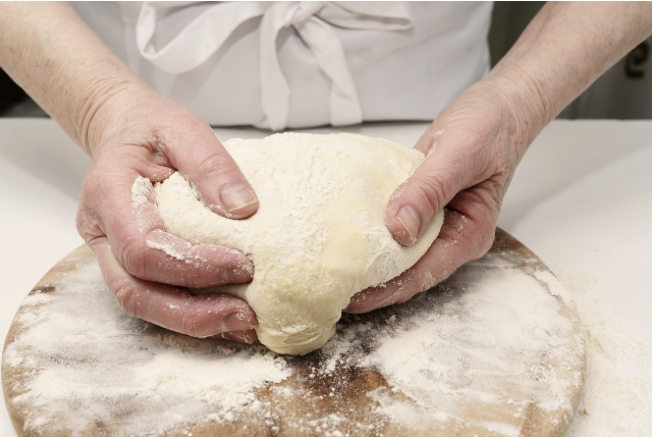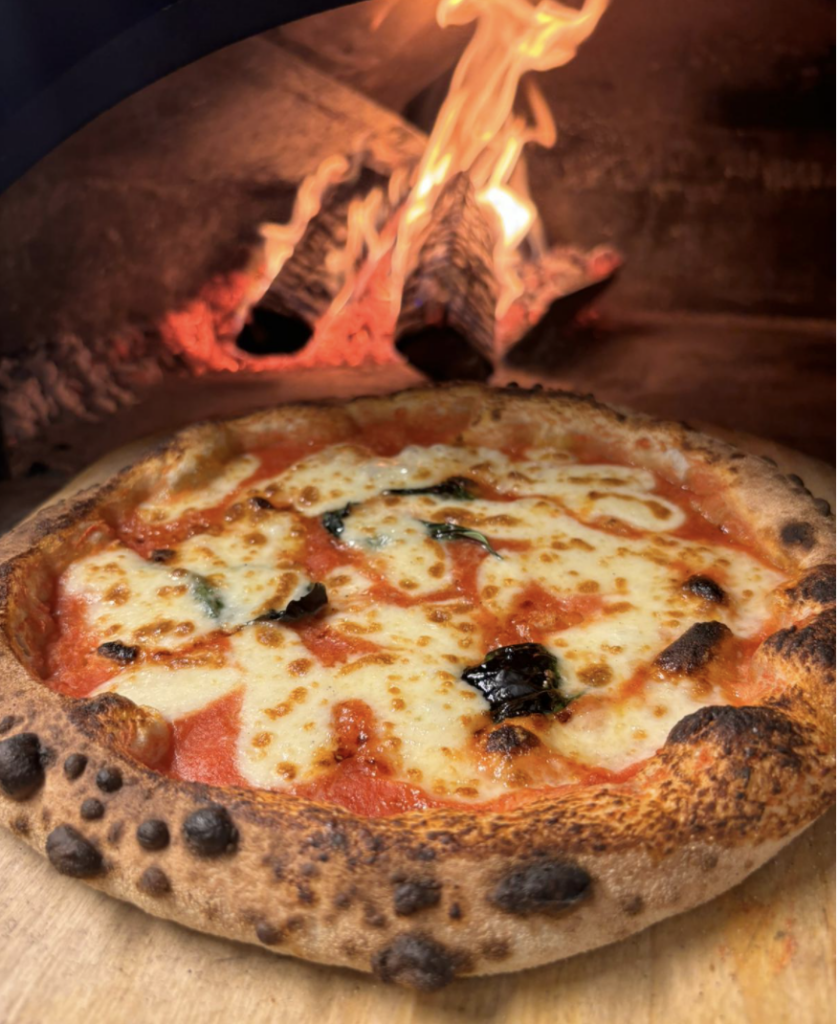There’s something magical about sourdough pizza dough. The rich, complex flavors, the chewy yet crisp texture, and the satisfaction of creating something from scratch using natural fermentation make it a favorite among pizza enthusiasts. If you’re looking to elevate your homemade pizza game, understanding the fundamentals of making sourdough pizza dough is a great place to start. Here’s a comprehensive guide to help you on your journey.
Understanding Sourdough
Sourdough is a type of dough that’s naturally leavened using wild yeast and bacteria. Unlike commercial yeast, which produces a fast and predictable rise, sourdough fermentation is a slower process that results in a deeper flavor and more complex texture. The key to sourdough is the starter, a mixture of flour and water that’s been colonized by wild yeast and lactic acid bacteria from the environment.
Ingredients
1. Sourdough Starter: This is the heart of your sourdough pizza dough. A healthy starter will have a bubbly, frothy appearance and a tangy smell. If you don’t have a starter, you can create one from scratch, but it takes about a week to become active and ready for baking.
2. Flour: High-quality flour is essential. A mix of all-purpose and bread flour works well, as it provides a good balance of protein content for structure and chewiness.
3. Water: Use filtered or bottled water to avoid any chlorine or impurities that might inhibit fermentation.
4. Salt: Enhances flavor and strengthens the dough structure.
The Process
1. Feeding the Starter
Before you can make the dough, your starter needs to be active and bubbly. Feed it with equal parts flour and water and let it sit at room temperature for 4-6 hours or until it doubles in size.
2. Mixing the Dough
Ingredients:
– 1 cup (240g) active sourdough starter
– 2 1/2 cups (600g) water
– 5 1/2 cups (660g) flour (a mix of all-purpose and bread flour)
– 2 teaspoons (12g) salt
Steps:
1. In a large mixing bowl, combine the sourdough starter and water. Mix until the starter is dissolved.
2. Add the flour and mix until a shaggy dough forms.
3. Let the dough rest (autolyse) for 30 minutes. This helps hydrate the flour and start gluten development.
4. Sprinkle the salt over the dough and mix until it’s fully incorporated.
3. Kneading and Bulk Fermentation
1. Turn the dough onto a lightly floured surface and knead it for about 10 minutes until it becomes smooth and elastic. Alternatively, use the stretch and fold method: every 30 minutes, stretch and fold the dough over itself four times, rotating the bowl a quarter turn each time. Repeat this process four times over two hours.
2. Place the dough in a lightly oiled bowl, cover it with a damp cloth, and let it rise at room temperature for 4-6 hours, or until it has doubled in size. This is the bulk fermentation stage.
4. Shaping and Cold Fermentation
1. Once the dough has doubled, turn it out onto a floured surface and divide it into portions (about 200-250g each for individual pizzas).
2. Shape each portion into a tight ball by folding the edges into the center and rolling it under your hand.
3. Place the dough balls on a tray, cover with plastic wrap, and refrigerate for at least 12 hours and up to 48 hours. This cold fermentation period allows the dough to develop more flavor and makes it easier to handle.
5. Preparing for Baking
1. Remove the dough from the refrigerator about 1-2 hours before you plan to bake, allowing it to come to room temperature.
2. Preheat your oven to the highest temperature it will go (usually around 500°F or 260°C) and place a pizza stone or baking steel inside.
6. Shaping the Pizza
1. On a lightly floured surface, gently press and stretch each dough ball into a round pizza shape, about 12 inches in diameter. Avoid using a rolling pin, as it can deflate the dough and make it less airy.
7. Topping and Baking
1. Transfer the shaped dough to a piece of parchment paper or a pizza peel dusted with flour or cornmeal.
2. Add your desired toppings, keeping in mind that less is more when it comes to sourdough pizza.
3. Slide the pizza onto the preheated stone or steel and bake for 8-12 minutes, or until the crust is golden and the toppings are bubbly and slightly charred.
Tips for Success
– **Patience**: Sourdough fermentation is a slow process, but the results are worth the wait.
– **Temperature Control**: Keep an eye on the temperature of your kitchen, as it will affect the fermentation time. Cooler temperatures will slow down the process, while warmer temperatures will speed it up.
– **Experimentation**: Don’t be afraid to experiment with different flours, hydration levels, and fermentation times to find what works best for your taste and environment.
Making sourdough pizza dough is a rewarding experience that combines the art and science of baking. The process requires patience and practice, but the result is a delicious, flavorful pizza that stands out from the ordinary. Whether you’re a seasoned baker or a beginner, understanding these fundamentals will help you create a sourdough pizza dough that’s perfect for your next pizza night. Enjoy the journey and, most importantly, enjoy the pizza!




